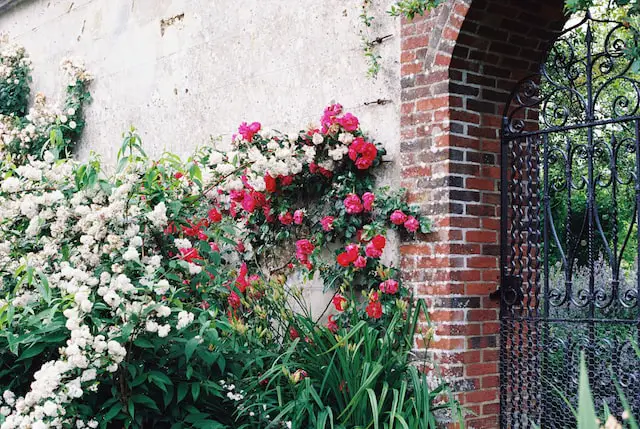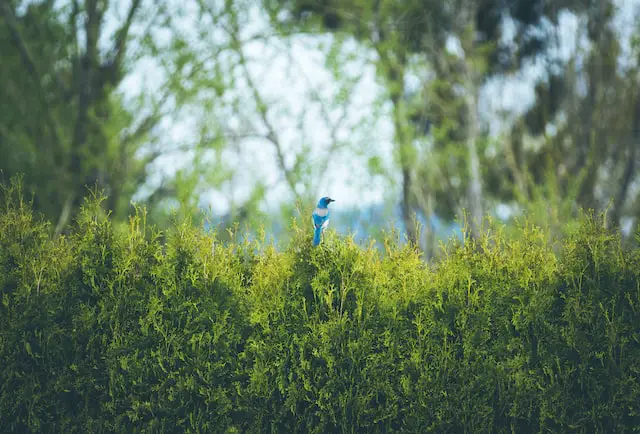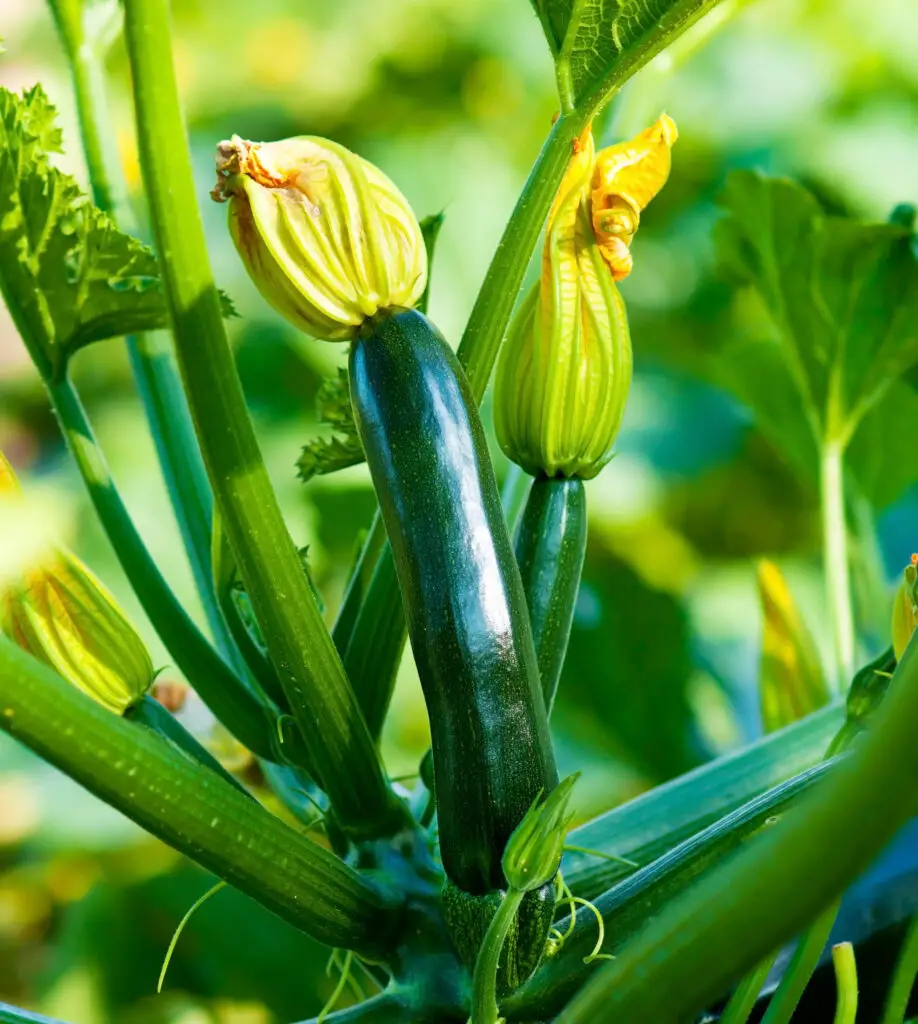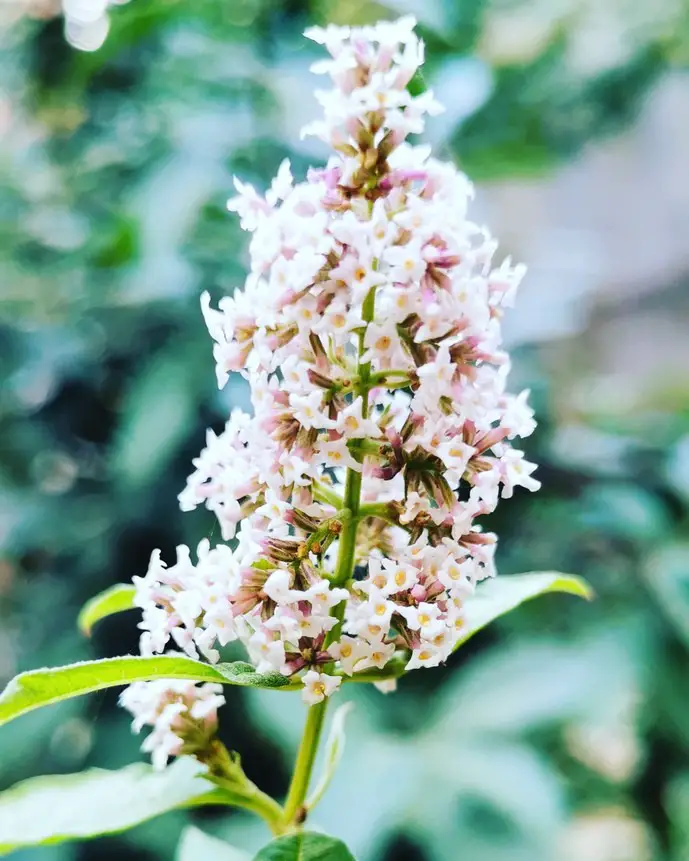Shrubs are a type of woody plant that is characterized by multiple stems or branches that grow from the base of the plant. They are generally smaller than trees but larger than most herbaceous plants. There are different factors that need to be considered when watering shrubs.
Shrubs can range in height from a few inches to over 20 feet tall. Shrubs are commonly used in landscaping and gardening for their ornamental value, as well as for their ability to provide structure and privacy in outdoor spaces.
In today’s article, I will answer the most frequently asked questions about watering shrubs.
Read more: The Best Top 7 Smelling Jasmine Plants
Table of Content
- Should You Water Your Shrubs every day?
- How much water do shrubs need in summer?
- How Much Water do shrubs need in winter?
- How Much Water do shrubs need in Spring and Fall?
- what is the best time of the day to water your shrubs?
Should You Water Your Shrubs every day?
This question is asked by so many people, and the answer to that is no. It is not necessary to water shrubs every day. Overwatering can be just as harmful to plants as underwatering, as it can lead to root rot and other problems.
The frequency of watering shrubs depends on several factors, such as the climate, soil type, and the specific needs of the shrub species.
In general, it is best to water deeply but infrequently, allowing the soil to dry out slightly between watering sessions. A good rule of thumb is to water shrubs once or twice a week, depending on the conditions.
If you’re still confused and lose track of when was the last time you watered your plant, a good trick would be checking the moisture level of the soil. Stick your finger into the soil to a depth of a few inches. If the soil feels dry, it’s time to water. If it’s still moist, you can wait a few more days before watering again.

How much water do shrubs need in summer?
The amount of water shrubs need in summer depends on several factors, such as the climate, soil type, and the specific needs of the shrub species. In general, shrubs such as hydrangeas, roses, and jasmine require more water during the summer than they do during the rest of the year, as they are actively growing and transpiring water.
A good rule of thumb is to water deeply but infrequently. That means you need to allow the soil to dry out a little bit before watering it again.
The frequency of watering depends on the weather conditions and the type of soil. In hot, dry weather, you may need to water your plants once or twice a week, while in cooler, humid weather, water less frequently.
When watering shrubs, it is important to water deeply enough to soak the root zone, which is typically the top 12 to 18 inches of soil. Shallow watering can lead to shallow root growth, which makes shrubs more vulnerable to drought stress.
In summary, the amount of water they need in summer depends on several factors, but in general, they require deep but infrequent watering, with the frequency of watering adjusted based on weather conditions and soil type.
Read more: Why Are Jasmine Leaves Dropping & How to Treat It
How Much Water do shrubs need in winter?
The amount of water shrubs need in winter also depends on several factors, such as the climate, soil type, and the specific needs of the shrub species. However, usually, during winter, shrubs require less water than they do during the growing season, as they are not actively growing and transpiring water.
In areas with mild winter climates, where the ground doesn’t freeze and there is occasional rainfall, shrubs may not require any additional watering during the winter.
However, in areas with cold, dry winters, where the ground freezes and there is little rainfall, shrubs may require supplemental watering.
If you do need to water shrubs in the winter, it is important to do so only when the soil is dry. Watering when the soil is already moist can lead to waterlogging and other problems.
Additionally, it is best to water early in the day, so that the water has a chance to soak into the soil before temperatures drop below freezing.

Read more: Reasons Why Jasmine Is Not Flowering & How to Fix It
how much water do shrubs need in spring and fall?
Once again, the amount of water your shrubs need in spring and fall depends on several factors, such as the climate, soil type, and the specific needs of the shrub species.
But I can safely say that shrubs require less water during the spring and fall than they do during the hot, dry summer months, as the temperatures are cooler and there is often more rainfall.
In areas with consistent rainfall during the spring and fall, shrubs may not require any additional watering at all. However, in areas with dry spells or drought conditions, shrubs may require supplemental watering to keep them healthy and hydrated.
what is the best time of the day to water your shrubs?
The best time for watering your shrubs is early in the morning, ideally between the hours of 6 a.m. and 10 a.m. This allows the water to soak into the soil before the heat of the day causes evaporation. Watering in the evening can lead to prolonged periods of moisture on the foliage, which can promote the growth of fungal diseases.
Additionally, watering during the middle of the day, when the sun is at its highest and temperatures are hottest, can cause the water to evaporate quickly, reducing its effectiveness.
Watering in the morning also allows the leaves to dry out during the day, which can help to prevent the growth of fungal diseases such as mildew, root rot, and blight. Wet leaves left overnight can be more susceptible to disease, especially in humid or damp conditions.
Related article: Causes of Sooty Mold Disease & How to Treat It- Black Powder
In addition to the time of day, As I mentioned before, it is also important to water your plant deeply and infrequently, allowing the soil to dry out slightly between watering sessions. This encourages deeper root growth and helps to prevent waterlogging and other problems associated with overwatering.
Read more: What is Citrus Anthracnose, Causes, Symptoms, Treatment (Brown leaf spot)
Follow us on our socials:




